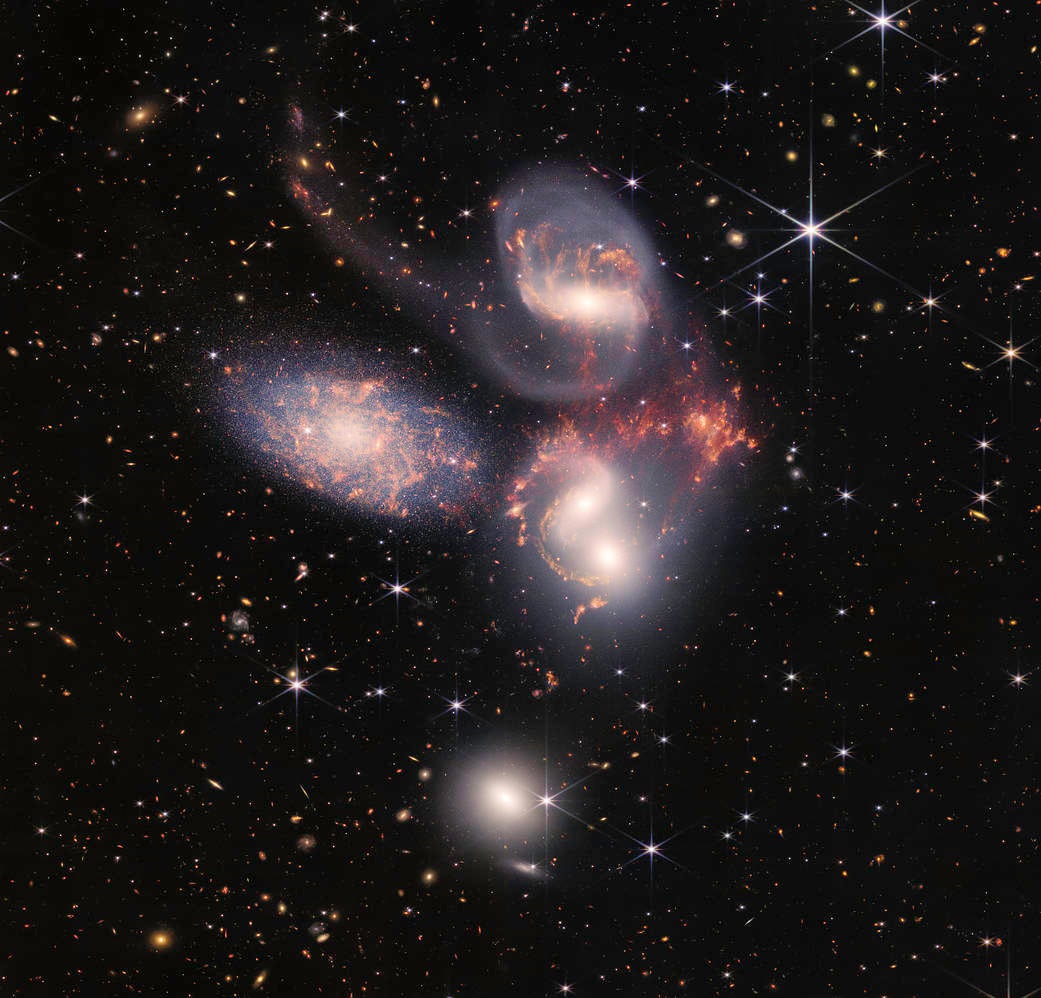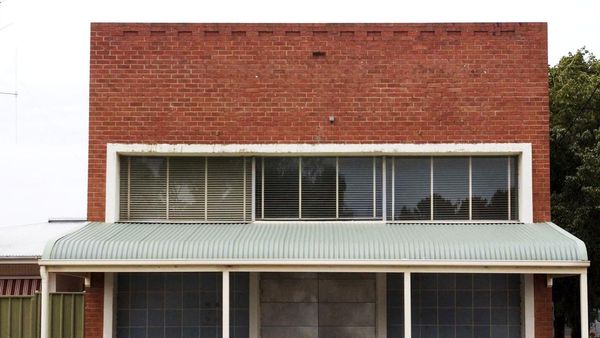
NASA unveiled a series of dramatic full-color photographs taken by the James Webb Space Telescope, offering the deepest imagery ever captured of the distant edges of the universe.
While these new photographs provide a stunning consideration of worlds beyond our own, they come at a time when life on Earth is getting a bit precarious — at least in terms of economic viability.
Will the Webb photographs help reanimate both public and political interest in funding space exploration, or will this sector feel the pinch of a recession that might be around the proverbial corner?
The View From Above: NASA provided a sneak preview of the Webb’s photography yesterday at a White House hosted by President Joe Biden, with a stunning image of the thousands of galaxies that seemed to sparkle within the galaxy cluster SMACS 0723.
"This image covers a patch of sky approximately the size of a grain of sand held at arm’s length. It’s just a tiny sliver of the vast universe," said NASA Administrator Bill Nelson during the event. "This mission was made possible by human ingenuity — the incredible NASA Webb team and our international partners at the European Space Agency and the Canadian Space Agency. Webb is just the start of what we can accomplish in the future when we work together for the benefit of humanity."
Today, NASA shared more photographs, including the Southern Ring planetary nebula (pictured above), a sharper view of Stephan’s Quintet, the visual grouping of five galaxies that was featured in the 1946 film classic film “It’s a Wonderful Life,” and the edge of a young star-forming region called NGC 3324 in the Carina Nebula.

"Today, we present humanity with a groundbreaking new view of the cosmos from the James Webb Space Telescope — a view the world has never seen before,” said Nelson in his presentation. "These images, including the deepest infrared view of our universe that has ever been taken, show us how Webb will help to uncover the answers to questions we don’t even yet know to ask; questions that will help us better understand our universe and humanity’s place within it.
“The Webb team’s incredible success is a reflection of what NASA does best," he added. "We take dreams and turn them into reality for the benefit of humanity. I can’t wait to see the discoveries that we uncover — the team is just getting started."
The View From Below: While few people will deny the visual brilliance of the Webb photographs, within the space sector there is a murmur of concern that ongoing tumult in the U.S. and global economies might spill over into this industry.
"We expect the slowdown in public capital markets activity to continue, at least in the near-term, until market volatility remains subdued for a sufficient period of time,” said a report published by Quilty Analytics, a market research firm focused on the space sector.
According to SpaceNews.com coverage of this week’s virtual Space Innovation Summit, several industry leaders fear the worse.
“I think we’re really looking at a sea state change,” said Tory Bruno, CEO of United Launch Alliance, a rocket manufacturer and a joint venture of Lockheed Martin’s (NYSE:LMT) space division and Boeing Company’s (NYSE:BA) defense, space and security division.
Bruno predicted that a fraying economy and a threat of recession will spook investors away from ventures they might consider to be of a higher risk, including space.
“What we’ll see now with interest rates up in a recession is a lot more focus on what we invest in,” he said. “So, we won’t see companies with dubious business models necessarily being invested in … In the past, we have been in an environment with low-interest rates, meaning that cash was cheap, it was plentiful, and therefore there was a lot of investment in a lot of different things. That will change.”
Dan Hart, CEO of Virgin Orbit (NASDAQ:VORB), told the Space Innovation Summit audience that the U.S. government enjoys an "enormous opportunity right now" to increase its focus on commercial space projects as a strategy to prevent the sector from stumbling.
"I think that the government needs to evaluate, select, nurture on a cyclical basis," Hart said. "There’s capital coming in, there are ideas that are being developed."
Yet Hart also warned about "that chasm of death that we’ve all learned about," a reference to the distance between creating new technologies and securing funds from government procurement programs to ensure their development into full maturity.
"Government can be a major source of strength in pushing across that," he said. “There’s a huge amount of innovation going on in the industry and we’re training an entire generation of space professionals. And that will be one of the biggest things that comes out of this era.”

NGC 3324 in the Carina Nebula
However, there is optimism that the attention surrounding the Webb photographs could help bring more enthusiasm – and, by extension, funding – to the space sector.
“I'm hoping that the web news today will really sort of spark the public a little bit here,” said Brian Koehler, a supervisor at the Treworgy Planetarium in Mystic, Connecticut, in a Benzinga interview. “I was quite younger when the Hubble telescope was first launched, but I remember at that time the possibilities and the wonder of seeing things we'd never seen before. And because Webb can see so much more than Hubble ever did, hopefully, it'll start that.”
Koehler added the “increased commercial activity in space” through endeavors such as Jeff Bezos’ Blue Origin space tourism flights will combine with the Webb discovers to spark “a newfound interest, maybe a new space race for this generation.”
Thomas Bania, professor of astronomy at Boston University, believes private-sector space initiatives will be the ultimate saving grace for the industry.
“I'm not a big fan of NASA — I am a huge fan of the technological achievements of Elon Musk,” Bania told Benzinga. "Elon Musk has completely transformed the entire space industry and I used to think that it's too bad that he and Bezos hate each other because if they pooled their resources, that would be great. But in fact, I love their competition — Blue Origin versus SpaceX is wonderful with two obscenely rich guys who are infatuated with space and solving the problems that NASA would never solve on.”
Bania noted that prior to Bezos and Musk, the "aerospace industry was used to cost-plus contracts with NASA, and that's partly why these things cost an enormous amount of money." He also faulted older players in this area for not having the innovation displayed by Musk with his reusable SpaceX rockets.
"The older players are in the process of being marginalized by lean, mean, vertically integrated operations like Blue Origin and SpaceX," Bania added. "There's a new game in town and that new game is outperforming them by an enormous factor."
Photos courtesy of NASA







